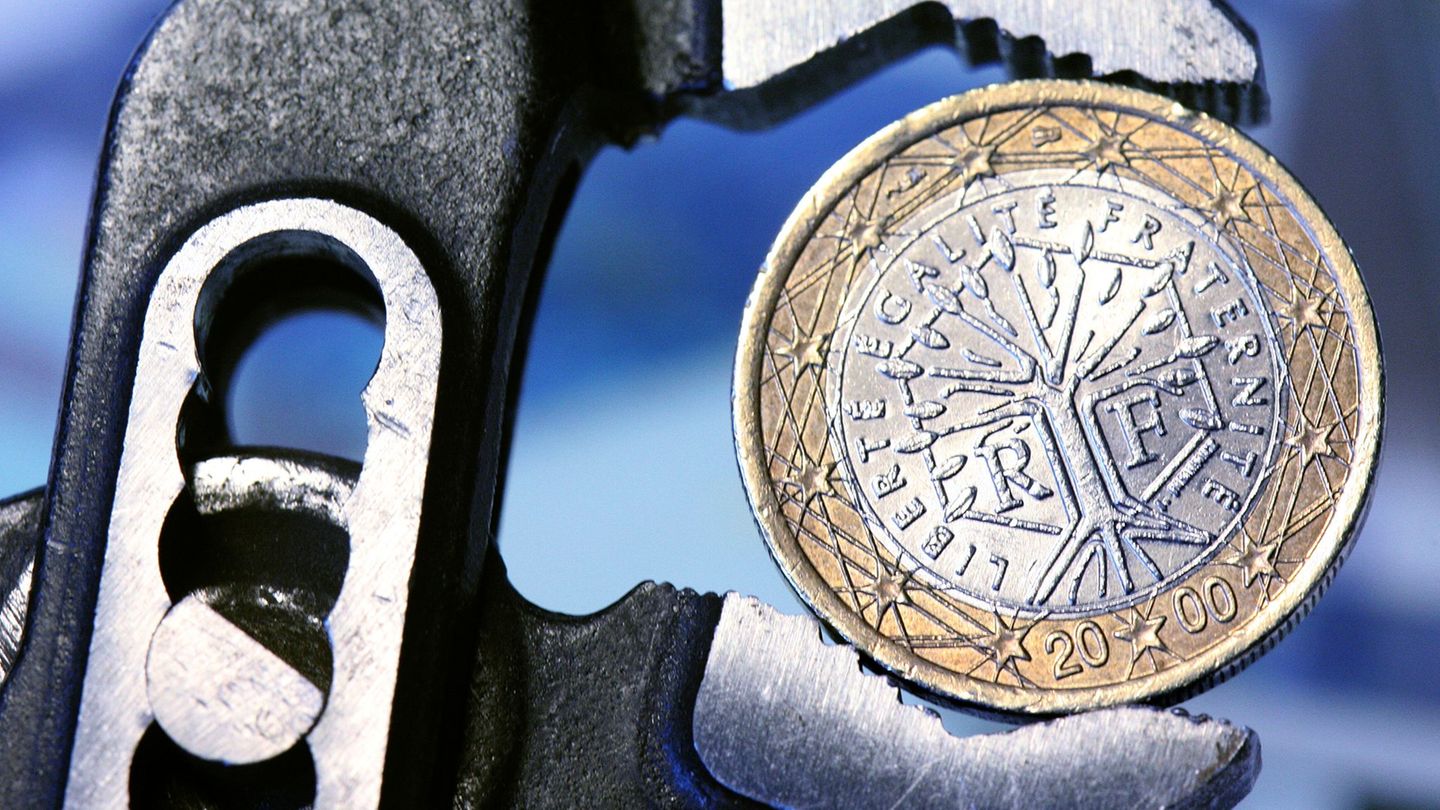He dollar it fell 0.31% on Friday and today it opened the exchange day at 38.83 pesos, according to the interbank price of the Central Bank of Uruguay (BCU), amid a growing climate of global nervousness over the possibility that USA log in default for the first time in its history.
In it Bank Republic (BROU), the retail dollar is offered at 37.55 pesos for purchase and 40.05 pesos for sale, while the preferential value of the eBROU dollar It is at 38.05 pesos for the purchase and 39.55 pesos for the sale.
The month began with a small increase in the first days, but the setbacks of the last few days leave a cumulative increase of 0.12%. In turn, compared to last April 5, the registered monthly variation is 0.34%.
The increase in the interest rate of the United States Federal Reserve (Fed) last week by 25 points to 5.25% pushed the price of the dollar in Uruguay upwards, agreed the analysts consulted by scope.com.
Risk of default in the United States
Attention is now focused on the effect that other economic news from the United States could have: the country’s possible fall into default, a scenario unknown to world financial markets.
On Sunday, the US Treasury Secretary, Janet Yellenwarned that unless Congress acts soon to raise the country’s debt limit, “there will be a financial and economic chaos” with implications around the world.
Among them, apart from a financial crash instantaneous, the market expects a global weakening of the dollar and a increase in interest ratestwo events that would further push down the price of the US currency in Uruguay with its consequent effect on the competitiveness of local businesses.
It should be remembered that the dollar depreciated 10.65% last year, when the country scored record exports both raw materials and services for more than 13,000 million dollars.
In recent weeks, and despite an initial drop in the monetary policy rate (TPM) ordered by the BCU, which placed it at 11.25%, the dollar continues within the range of 38 pesos, accentuating the discomfort in various productive sectors of the country.
The Rural Association of Uruguay (ARU) demanded a dollar at 48 pesos at the end of March to recover the competitiveness lost in recent months due to the appreciation of the peso, but also due to the inflationwhich went from 7.63% year-on-year in April according to the National Statistics Institute (INE).
The BCU’s request to local companies to go to the local market to acquire dollars for their operations and thereby boost the price does not seem to be having the result expected by the government.
Source: Ambito




